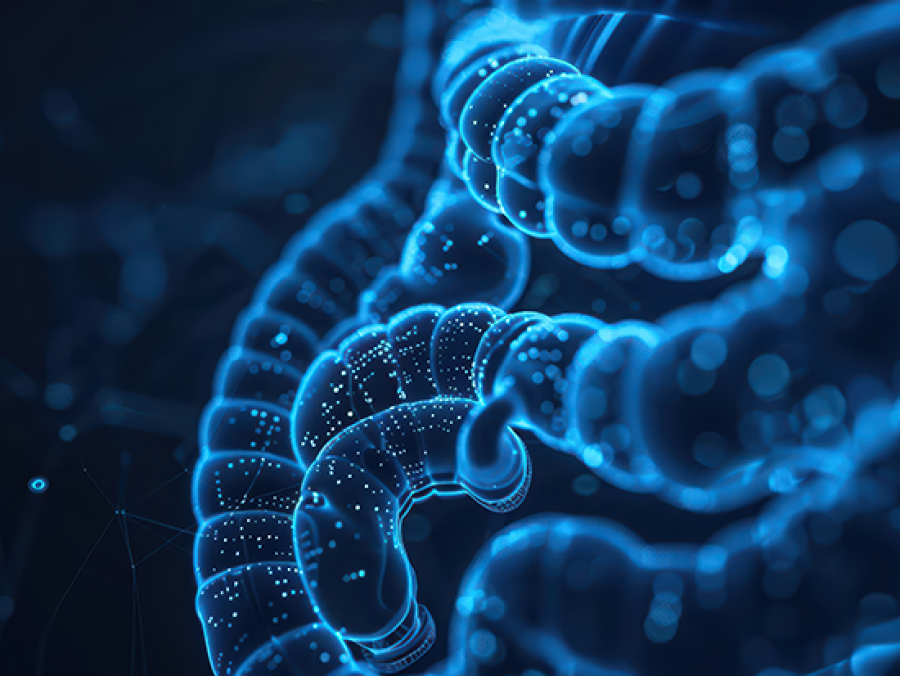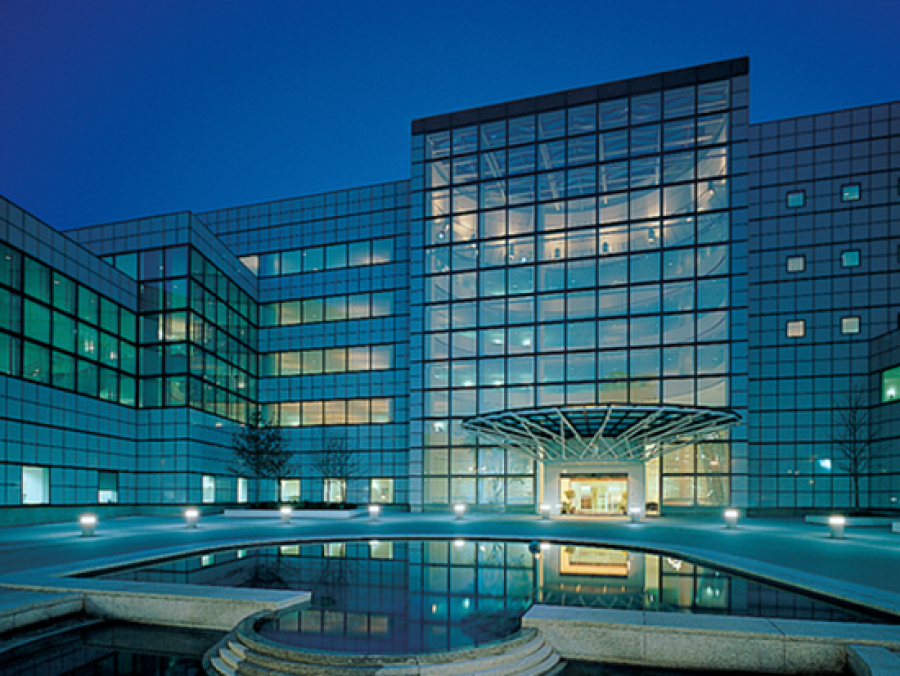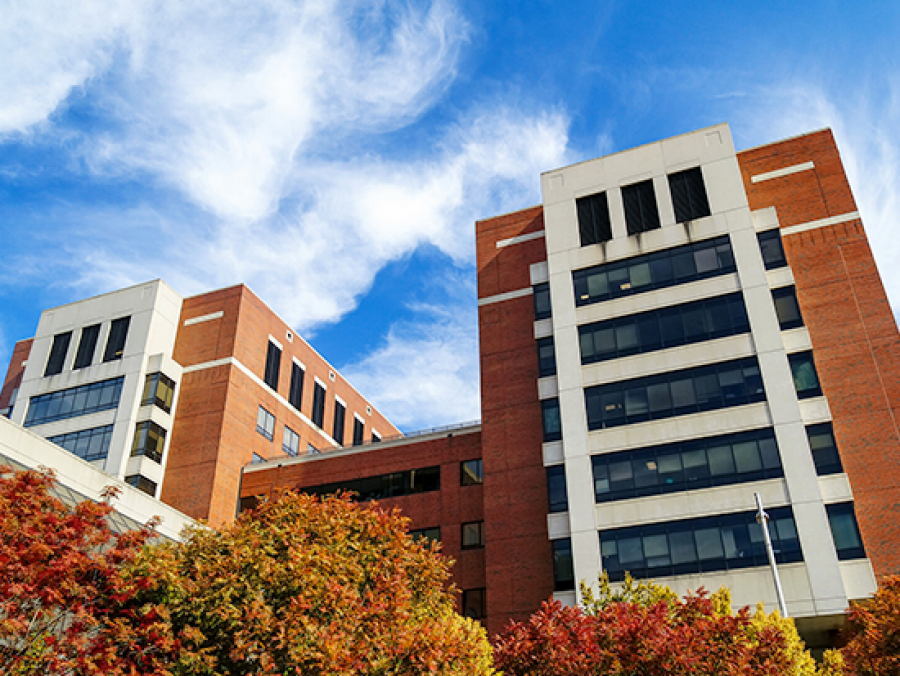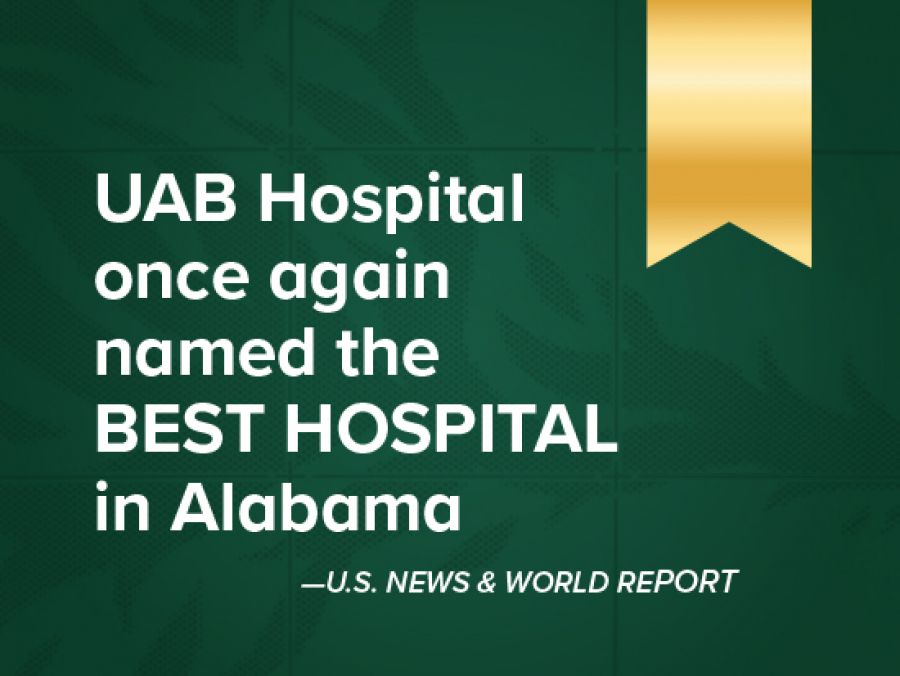|
|
 |
Dr. Ochsenbauer-Jambor completed her undergraduate studies in biology at the Johann-Wolfgang-Goethe Universität, Frankfurt am Main in Germany in 1988. She then moved to the Ruprecht-Karls-Universität in Heidelberg, Germany, where she studied molecular biology (virology) and zoology (primate ethology) and earned her ‘Diplom’ (Master) of Biology (magna cum laude) in 1992. Her Master’s thesis focused on functions of the HIV-1 Env protein, with the work performed at the German Cancer Research Center (DKFZ) in Heidelberg. After completing her Ph.D. thesis entitled “Investigations concerning the function of the HIV-1 Vif protein: Generation of a cell-culture model system by using selectable, replication-competent HIV-1” at the DKFZ, she received her Ph.D. (magna cum laude) in virology and molecular biology from Ruprecht-Karls-Universität in 1996. During her undergraduate and graduate work, Dr. Ochsenbauer-Jambor was a recipient of two scholarships from the German National Merit Fundation. After postdoctoral fellowship (1996-2001) in retroviral glycoprotein intracellular trafficking in the Department of Microbiology at UAB, she joined the UAB faculty in 2002 as a Research Instructor in the same department. In 2003, she relocated to the Department of Medicine, Division of Hematology/ Oncology.
Dr. Ochsenbauer-Jambor investigates the role of DC-SIGN in the capture and trans-infection of HIV-1 with special emphasis on virion internalization pathways and the acquisition of selective DC-SIGN-dependent resistance to neutralizing antibodies.
Selected Publications
- Kräusslich, H.G., Ochsenbauer, C., Traenkner, A.M., Mergener, K., Fäcke, M., Gelderblom, H.R., and Bosch, V. Analysis of protein expression and virus-like particle formation in mammalian cell lines stably expressing HIV-1 gag and env gene products with or without active HIV proteinase. Virology 192:605-617, 1993.
- Westendorp, M.O., Frank, R., Ochsenbauer, C., Stricker, K., Dhein ,J., Walczak, H., Debatin, K.M. and Krammer, P.H. Sensitization of T cells to CD95-mediated apoptosis by HIV-1 Tat and gp120.Nature 375:497-500, 1995.
- Ochsenbauer, C., Bosch, V., Oelze, I. and Wieland, U. Unimpaired functionality of a naturally occuring C-terminally truncated vif gene product of human immunodeficiency virus type 1. J.Gen.Virol.77:1389-1395, 1996.
- Marschang, P., Krüger, U., Ochsenbauer, C., Bosch, V., Gürtler, l., Hittmair, A., Patsch, J.R. and Dierich, M. Complement activation by HIV-1-infected cells: the role of the transmembrane protein gp41.J. Acquir. Immune Defic. Syndr. 14:102-109, 1997.
- Ochsenbauer, C., Wilk, T. and Bosch, V. Analysis of vif-defective human immunodeficiency virus type 1 (HIV-1) virions synthesized in ‘non-permissive’ T-lymphoid cells stably infected with selectable HIV-1. J.Gen.Virol. 78:267-635, 1997.
- Ochsenbauer, C., Dubay, S.R., and Hunter, E. The Rous Sarcoma Virus Env protein contains a highly conserved motif homologous to tyrosine-based endocytosis signals and displays an unusual internalization phenotype. Mol. Cell Biol. 20:249-260, 2000.
- Ochsenbauer-Jambor, C., Miller, D., Roberts, C., Rhee, S., and Hunter, E. Palmitoylation of the Rous Sarcoma Virus TM Glycoprotein is required for protein stability and vrus infectivity. J Virol.75(23):11544-54, 2001.
- Ochsenbauer-Jambor, C., Delos, S., Accavitti, M.A., White, J., and Hunter, E. A novel monoclonal antibody directed at the receptor binding site on the ALSV Env complex. J. Virol. 76:7518-27, 2002.






